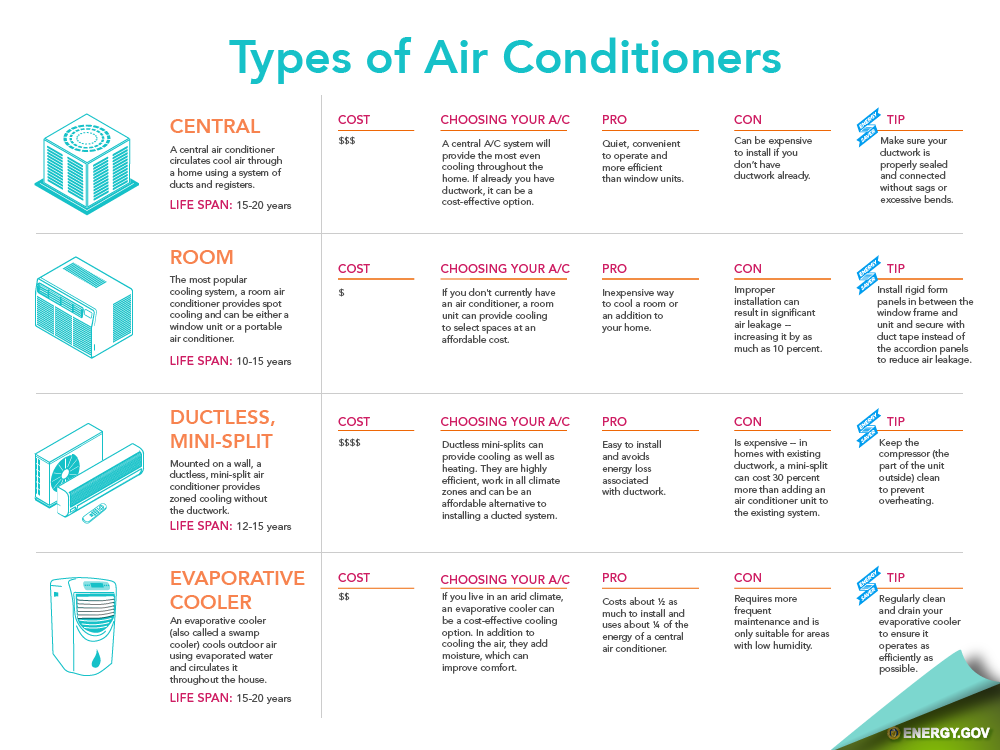The Ultimate Overview To Comprehending Warmth Pumps - Just How Do They Function?
The Ultimate Overview To Comprehending Warmth Pumps - Just How Do They Function?
Blog Article
Material Author-Whitfield Dickson
The best heatpump can conserve you considerable quantities of cash on energy expenses. They can also help reduce greenhouse gas emissions, especially if you make use of electrical energy in place of fossil fuels like lp and heating oil or electric-resistance heating systems.
Heatpump function very much the like a/c unit do. This makes them a viable option to typical electric home heating systems.
Exactly how They Work
Heat pumps cool down homes in the summer and, with a little assistance from electrical power or natural gas, they provide some of your home's heating in the winter season. They're an excellent choice for people who intend to reduce their use of fossil fuels yet aren't ready to change their existing heater and a/c system.
They depend on the physical reality that even in air that seems as well chilly, there's still energy existing: warm air is always relocating, and it wishes to move into cooler, lower-pressure environments like your home.
The majority of ENERGY STAR certified heatpump run at near to their heating or cooling capability throughout most of the year, lessening on/off cycling and conserving energy. For the best efficiency, focus on systems with a high SEER and HSPF rating.
The Compressor
The heart of the heatpump is the compressor, which is likewise called an air compressor. This mechanical flowing tool utilizes possible energy from power creation to enhance the stress of a gas by minimizing its volume. It is different from a pump because it only deals with gases and can't collaborate with fluids, as pumps do.
Climatic air enters the compressor with an inlet valve. It circumnavigates vane-mounted arms with self-adjusting size that separate the interior of the compressor, producing numerous dental caries of varying size. The blades's spin forces these cavities to move in and out of stage with each other, pressing the air.
The compressor reels in the low-temperature, high-pressure refrigerant vapor from the evaporator and presses it into the warm, pressurized state of a gas. https://www.wral.com/energy-savings-7-energy-efficient-tips-for-saving-money-on-your-summer-electric-bill/20359948/ is repeated as needed to supply heating or cooling as called for. The compressor additionally consists of a desuperheater coil that recycles the waste warmth and adds superheat to the refrigerant, transforming it from its liquid to vapor state.
The Evaporator
The evaporator in heat pumps does the same thing as it does in refrigerators and air conditioning system, transforming liquid cooling agent right into an aeriform vapor that gets rid of heat from the area. Check This Out would not work without this important tool.
This part of the system is located inside your home or structure in an indoor air trainer, which can be either a ducted or ductless unit. It consists of an evaporator coil and the compressor that presses the low-pressure vapor from the evaporator to high pressure gas.
Heatpump take in ambient warm from the air, and afterwards utilize electrical power to move that warmth to a home or business in home heating setting. That makes them a lot much more power efficient than electric heating systems or furnaces, and since they're utilizing clean electrical power from the grid (and not melting gas), they likewise generate far less emissions. That's why heatpump are such wonderful ecological selections. (Not to mention a huge reason that they're coming to be so preferred.).
The Thermostat.
Heatpump are terrific alternatives for homes in cool environments, and you can utilize them in mix with typical duct-based systems and even go ductless. They're a great alternate to nonrenewable fuel source furnace or typical electrical furnaces, and they're a lot more sustainable than oil, gas or nuclear a/c equipment.
Your thermostat is one of the most vital part of your heat pump system, and it works extremely differently than a conventional thermostat. All mechanical thermostats (all non-electronic ones) job by using compounds that alter dimension with boosting temperature level, like coiled bimetallic strips or the expanding wax in a car radiator shutoff.
These strips consist of two various types of steel, and they're bolted with each other to develop a bridge that finishes an electric circuit connected to your HVAC system. As the strip gets warmer, one side of the bridge expands faster than the other, which causes it to bend and signal that the heating system is required. When the heatpump remains in heating mode, the reversing shutoff reverses the flow of refrigerant, to make sure that the outdoors coil currently functions as an evaporator and the interior cyndrical tube becomes a condenser.